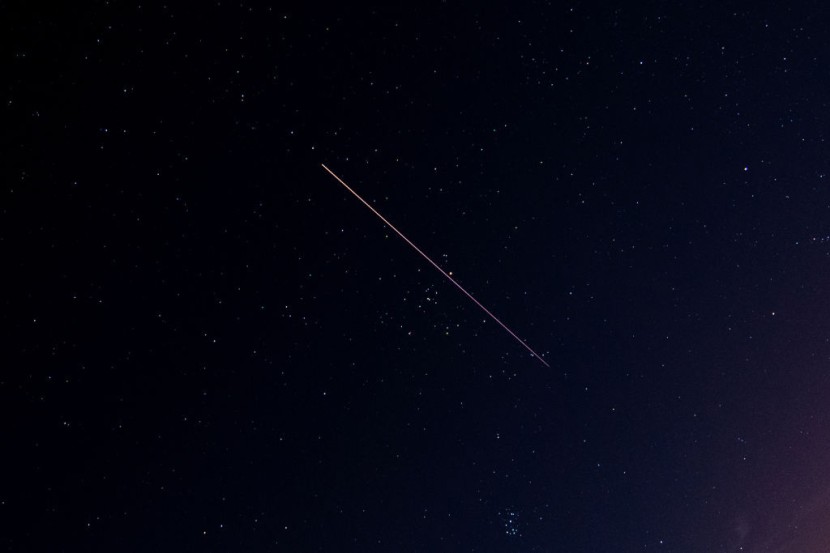
NASA is currently monitoring a newly-discovered asteroid the size of an Olympic swimming pool that has a chance to collide with our planet soon.
The cosmic object has a 1 in 625 chance of striking the Earth based on data projections from the European Space Agency (ESA). On the other hand, NASA's Jet Propulsion Laboratory's Sentry system estimated that the asteroid has a 1 in 560 chance of colliding with our planet.
Asteroid Could Hit Earth
NASA's Planetary Defense Coordination Office estimated that a potential collision could happen on Valentine's Day in 2046. The cosmic object, dubbed 2023 DW, is currently the only object on NASA's risk list and ranks 1 out of 10 on the Torino Impact Hazard Scale. This metric categorizes the projected risk of an object striking Earth. All other objects rank at 0 on the scale.
Despite the newly-discovered asteroid topping the list, having a ranking of only one means that the possibility of it colliding with our planet is so implausible that it should not be a cause of public attention or concern. The Jet Propulsion Laboratory also said that a ranking of 0 means that the likelihood of collision is non-existent or negligible, as per CNN.
In a statement, a navigation engineer at the Jet Propulsion Laboratory in Pasadena, California, Davide Farnocchia, said that the newly-discovered asteroid is not particularly concerning to the safety of people on Earth.
NASA officials have warned that the odds of impact could be dramatically altered as more observations of the cosmic object are collected, and additional analysis is performed. In a Twitter post on Tuesday,
NASA Asteroid Watch said that more often than not, when new objects are first discovered, it takes several weeks of data collection to reduce the uncertainties and adequately predict their orbits years into the future.
Chances of Collision
In a statement, astronomer Piero Sicoli said that he believes there is roughly a 1 in 400 chance that the newly-discovered asteroid would collide with our planet. In a Twitter post last week, he added that the possibility would soon be ruled out, but he said that he calculated the potential impact point of 2023 DW should it hit our planet, according to CBS News.
He released a map of his calculations, which are expected to change over time due to new data, showing that if 2023 DW does collide with our planet, it could land anywhere in the area between the Indian Ocean to just off the US East Coast.
#2023DW. With just 3 days of arc, I found about 1 in 400 chance of impact on Feb. 14, 2046 (JPL 1/770). Surely this possibility will soon be ruled out, however, as an exercise, I calculated where the asteroid might fall if this possibility occurred. pic.twitter.com/ldlSYJMvMz
— PS (@Piero_Sicoli) March 2, 2023
The asteroid has an estimated diameter of roughly 160 feet and is nearly the same width as a football field. The cosmic object was discovered on Feb. 26 at an observatory in San Pedro de Atacama, Chile.
NASA estimated that should the asteroid collides with our planet, it is likely to cause local damage to the impact area. The cosmic object's ranking on the Torino scale means it is in the normal, or green, zone, said USA Today.
Related Article: Prediction Says Megacities Could be Under Water by 2100
© 2025 HNGN, All rights reserved. Do not reproduce without permission.








